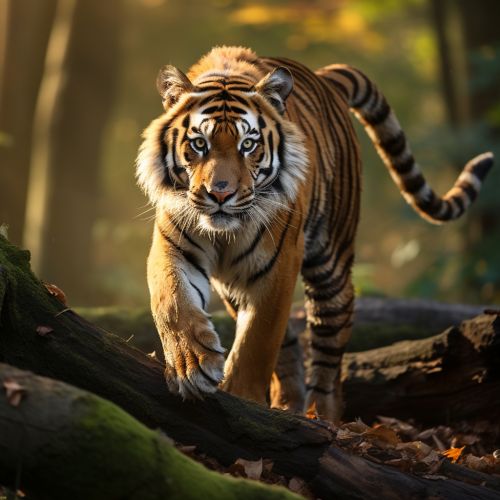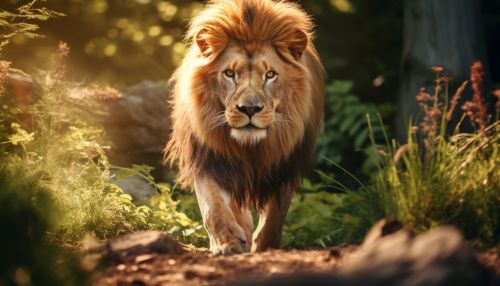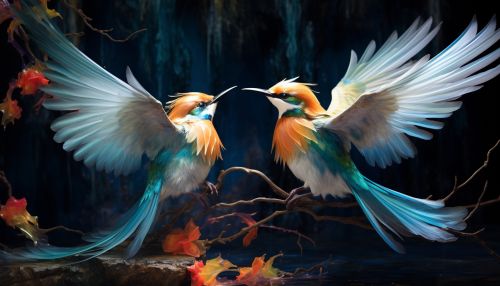Ethology
Introduction
Ethology is the scientific study of animal behavior, with a focus on behavior under natural conditions, and viewing behavior as an evolutionarily adaptive trait. Ethology is a combination of laboratory and field science, with strong ties to certain other disciplines such as neuroanatomy, ecology, and evolution. Ethology is a rapidly growing field. Since the dawn of the 21st century, many aspects of animal communication, emotions, culture, learning and sexuality have been actively studied^1(https://www.sciencedirect.com/science/article/pii/B9780128096338204152).


History
The roots of ethology can be traced back to the work of Charles Darwin, who emphasized the importance of behavior in evolution. The modern discipline of ethology is generally considered to have begun during the 1930s with the work of Dutch biologist Nikolaas Tinbergen and by Austrian biologists Konrad Lorenz and Karl von Frisch, joint winners of the 1973 Nobel Prize in Physiology or Medicine^2(https://www.nobelprize.org/prize/medicine/1973/summary/).
Key Concepts
Fixed Action Pattern
A fixed action pattern (FAP) is an instinctive behavioral sequence that is indivisible and runs to completion. Fixed action patterns are invariant and are produced by a neural network known as the innate releasing mechanism in response to an external sensory stimulus known as a sign stimulus or releaser (a signal from one individual to another)^3(https://www.sciencedirect.com/topics/neuroscience/fixed-action-pattern).


Imprinting
Imprinting is a kind of learning occurring at a particular life stage that is rapid and apparently independent of the consequences of behavior. In filial imprinting, young animals, particularly birds, form an association with another individual or in some cases, an object, that they respond to as they would to a parent^4(https://www.britannica.com/science/imprinting-psychology).


Ritualization
In ethology, ritualization is a behavior that has evolved through natural selection to convey information. The behavior is often exaggerated and repetitive to enhance its signal value. It can be a visual signal, a sound, a chemical signal, or a combination of these^5(https://www.sciencedirect.com/topics/agricultural-and-biological-sciences/ritualization).


Methods of Study
Ethologists typically observe animals in their natural environments, but also use controlled laboratory experiments to understand specific behaviors. Modern ethologists also use advanced technologies such as GPS tracking, motion-capture systems, and high-speed cameras to study behavior^6(https://www.sciencedirect.com/science/article/pii/B9780128096338204152).
Applications
Ethology has many practical applications, including animal training, animal breeding, animal husbandry, and in the conservation of wildlife. It also has important implications in the study of human behavior, as it contributes to disciplines such as anthropology, psychology, and psychiatry^7(https://www.sciencedirect.com/science/article/pii/B9780128096338204152).


See Also
References
1. Ethology: An Overview 2. The Nobel Prize in Physiology or Medicine 1973 3. Fixed Action Pattern 4. Imprinting 5. Ritualization 6. Ethology: An Overview 7. Ethology: An Overview
